PBR Introduces Hammer Score
October 11, 2021
Hammer Quantified
Until now, the word 'hammer' has been used to describe a very good breaking ball that drops vertically with velocity through the strike zone. PBR’s goal is to define and quantify hammer breaking balls to be able to more effectively compare and evaluate breaking balls with vertical-drop movement across multiple levels.
A curveball with a higher hammer score has the potential to generate more Whiffs, especially when paired with fastball velocity and fastball movements like Hop and Rise. Hammer and Hop are what Craig Kimbrel has used to dominate hitters across his entire career.
What is a Hammer?
Hammer is defined as a breaking ball that drops vertically with velocity through the strike zone. Other movement adjectives include 12-to-6.
Hammer Score
Using key metrics from pitch data, PBR has developed a Hammer score to easily compare breaking balls across multiple levels.
Hammer+ Stats
The Hammer+ stat takes and normalizes our Hammer score across an entire level. Hammer+ is calculated by dividing a Pitcher’s Hammer by the mean Hammer of the level of play and multiplying by 100. In other words, the mean Hop is set to 100 and 1 unit above or below that is equal to being 1% above or below that mean for the level of play.
MLB Hammer Leaders 2021
| Rank | Pitcher | Hammer+ |
| 1 | Dillon Maples | 158 |
| 2 | Seth Lugo | 156 |
| 3 | Tyler Glasnow | 154 |
| 4 | Garrett Richards | 153 |
| 5 | Ryan Pressly | 151 |
| 6 | Trevor Bauer | 150 |
| 7 | Jimmy Nelson | 148 |
| 8 | Trent Thornton | 141 |
| 9 | Alex Reyes | 140 |
| 10 | Tommy Nance | 140 |
| 11 | Joe Kelly | 138 |
| 12 | Andre Scrubb | 137 |
| 13 | Sean Newcomb | 137 |
| 14 | Dylan Cease | 135 |
| 15 | Lance McCullers Jr. | 135 |
| 16 | Walker Buehler | 134 |
| 17 | Dustin May | 133 |
| 18 | Corey Knebel | 132 |
| 19 | Joe Musgrove | 132 |
| 20 | Charlie Morton | 132 |
| 21 | Nick Pivetta | 132 |
| 22 | Bryan Abreu | 131 |
| 23 | Gerrit Cole | 131 |
| 24 | Shane Baz | 131 |
| 25 | Chris Stratton | 130 |
MLB Hammer Leaders 2015-2021
| Rank | Pitcher | Year | Hammer+ |
| 1 | Garrett Richards | 2018 | 169 |
| 2 | Garrett Richards | 2020 | 166 |
| 3 | Seth Lugo | 2016 | 164 |
| 4 | Garrett Richards | 2017 | 164 |
| 5 | Joe Kelly | 2018 | 159 |
| 6 | Dillon Maples | 2021 | 158 |
| 7 | Joe Kelly | 2019 | 157 |
| 8 | Seth Lugo | 2019 | 157 |
| 9 | Seth Lugo | 2021 | 156 |
| 10 | Garrett Richards | 2015 | 156 |
| 11 | Tyler Glasnow | 2021 | 154 |
| 12 | Seth Lugo | 2020 | 153 |
| 13 | Garrett Richards | 2021 | 153 |
| 14 | Ryan Pressly | 2020 | 153 |
| 15 | Tyler Glasnow | 2019 | 152 |
| 16 | Ryan Pressly | 2019 | 152 |
| 17 | Ryan Pressly | 2021 | 151 |
| 18 | Tyler Glasnow | 2020 | 151 |
| 19 | Alex Reyes | 2020 | 151 |
| 20 | Trevor Bauer | 2021 | 150 |
| 21 | Bryan Abreu | 2019 | 149 |
| 22 | Clarke Schmidt | 2020 | 149 |
| 23 | Ryan Pressly | 2018 | 149 |
| 24 | Taylor Guerrieri | 2019 | 148 |
| 25 | Jimmy Nelson | 2021 | 148 |
Summary
With the Hammer+ stat, we now have a simple way to objectively compare breaking balls with hammer traits between levels and over time. The effectiveness of a breaking ball is very dependent on outside factors including location and pitch repertoire. In general, breaking balls with higher Hammer+ are more difficult to hit than breaking balls with a lower hammer score.
